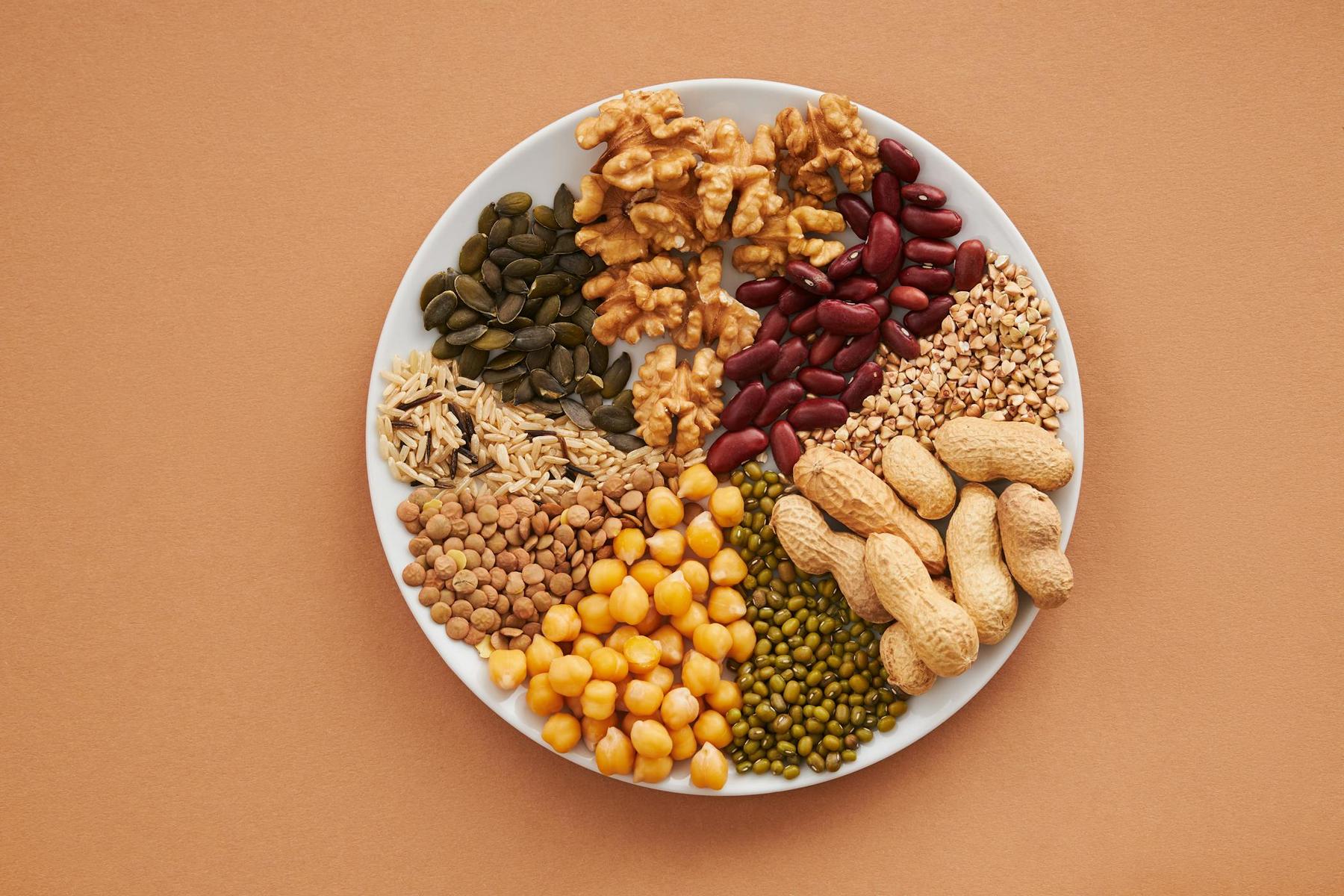Sugar isn’t always obvious. While most Australians recognise the sugar in sweet treats, many remain unaware of the less visible sugars hiding in everyday foods—sugars that could be silently derailing weight loss efforts. Recent data reveals that Australians consume up to 22 teaspoons of added sugar daily, with a staggering 70% coming from packaged foods rather than obvious sweets. These hidden sugars create significant metabolic obstacles to weight management, even for those who believe they’re making healthy choices.
This evidence-based guide explores how concealed sugars impact weight loss, where they’re commonly found in the Australian diet, and practical strategies to identify and reduce them for more effective weight management.
How Do Hidden Sugars Sabotage Weight Loss Efforts?
Hidden sugars work against weight loss through multiple physiological mechanisms that can undermine even the most disciplined diet and exercise regimens. Understanding these mechanisms provides crucial insight into why hidden sugars are so problematic for weight management.
The primary way hidden sugars sabotage weight loss is through insulin response. When you consume foods with added sugars, your blood glucose levels rise rapidly, triggering insulin production. This hormone not only helps move glucose into cells but also signals the body to store fat. Research indicates that frequent insulin spikes lead to insulin resistance—a condition where approximately 58% of Australian adults with obesity struggle to metabolise sugars effectively.
Hidden sugars also disrupt leptin signalling, the hormone responsible for satiety. Chronic sugar consumption reduces leptin sensitivity by up to 30%, essentially impairing your body’s ability to recognise when you’re full. This dysregulation often leads to overeating and increased calorie consumption, directly countering weight loss goals.
Perhaps most concerning is the relationship between hidden sugars and visceral fat accumulation. High-fructose sugars, common in processed foods, promote liver fat storage. Studies demonstrate a direct correlation between sugary beverage consumption and 22% higher abdominal fat deposits—the dangerous visceral fat that surrounds vital organs and increases disease risk.
Where Are Hidden Sugars Commonly Found in the Australian Diet?
Hidden sugars are extraordinarily pervasive in the modern Australian food supply, appearing in products most consumers would never suspect. Understanding these common sources is essential for anyone serious about weight management.
Everyday Foods With Surprising Sugar Content
Some of the most significant sources of hidden sugars include:
- Breakfast Foods: Many Australian breakfast options, such as flavoured oats and granola, contain significant amounts of added sugar.
- Condiments and Sauces: Products like BBQ sauce and tomato sauce can add hidden sugars to meals without obvious notice.
- Processed Meats: Even protein-rich foods such as glazed ham and chicken tenders include added sugars.
- Yoghurts: Fruit-flavoured yoghurts can contain between 17-33g of sugar per serving in contrast to plain Greek yoghurt.
Unexpected Sugar Sources
Unexpected foods like imitation crab meat, beef liver, oysters, and creamy salad dressings also contribute hidden sugars to the diet. For example, imitation crab meat contains roughly 1.75 teaspoons of sugar per serving, while oysters and other items contribute their own share.
How Can You Identify Hidden Sugars on Food Labels?
Developing label literacy is essential for identifying hidden sugars due to manufacturer tactics that obfuscate sugar content. Some effective strategies include:
- Check the added sugar metric: Look for products with less than 4g of added sugar per serving.
- Scan the ingredients list: Watch for products with three or more sugar synonyms such as maltodextrin, agave nectar, and fruit juice concentrate.
- Understand serving sizes: Ensure the serving size on the label reflects what you actually consume.
- Compare similar products: Sugar content can vary significantly between brands.
What Metabolic Effects Do Hidden Sugars Have on Your Body?
Hidden sugars promote insulin resistance and fat storage, disrupt hunger and satiety signals, and contribute to metabolic inflammation. These effects converge to create an internal environment that is resistant to weight loss, even with calorie control.
Insulin Resistance and Fat Storage
Repeated exposure to hidden sugars leads to insulin resistance, causing the body to store more fat—especially dangerous visceral fat around the abdomen.
Disrupted Hunger and Satiety Signals
Excess sugar consumption interferes with hormonal regulation, leading to increased hunger and stronger cravings, which can trigger overeating.
Metabolic Inflammation
Chronic consumption of hidden sugars can trigger low-grade inflammation, further compounding insulin resistance and inhibiting efficient fat burning.
How Can You Successfully Reduce Hidden Sugar Consumption?
Practical strategies for reducing sugar intake include:
- Strategic Substitutions: Swap high-sugar foods for lower-sugar alternatives, such as replacing flavoured yoghurt with Greek yoghurt and fresh berries.
- Meal Timing Optimisation: Consume higher-sugar foods after exercise when insulin sensitivity is improved.
- Strategic Pairing: Pair foods containing sugar with protein or fibre to slow absorption.
- Gradual Reduction: Reduce sugar intake slowly (10-15% every two weeks) to allow taste preferences to adjust.
- Whole Food Focus: Emphasise unprocessed foods to naturally limit added sugars.
Why Is Medical Support Important for Managing Hidden Sugar Intake?
Reducing hidden sugars can be challenging, and professional medical support can provide:
- Personalised Metabolic Assessment: Targeted interventions based on individual metabolic response to sugar intake.
- Structured Behaviour Modification: Techniques to change eating patterns effectively over time.
- Monitoring and Accountability: Regular check-ins that help sustain dietary changes.
- Addressing Underlying Conditions: Identification and management of any metabolic issues related to sugar consumption.
The Hidden Sugar Solution: Beyond Willpower
Successfully identifying and eliminating hidden sugars requires a combined approach of informed strategies and, if needed, professional support. Despite the widespread presence of hidden sugars—present in over 52% of packaged foods—systematic sugar reduction can lead to significant improvements in metabolic health and sustainable weight loss.
Skip the struggles. Our patients achieve <20.2% weight reduction with medical weight loss treatments delivered straight to their door. No clinics. No waiting. Just results. See if you're eligible for our medical weight loss treatments - take our quiz.
How much hidden sugar does the average Australian consume daily?
Australians consume approximately 22 teaspoons of added sugar daily, with nearly 70% coming from non-obvious sources in packaged and processed foods. This equates to roughly 88 grams of hidden sugar per day, far exceeding recommended limits.
Can hidden sugars cause weight gain even on a calorie-controlled diet?
Yes, hidden sugars can lead to weight gain by triggering insulin resistance, impairing leptin signaling, and promoting greater fat storage—particularly visceral fat—even when overall calorie intake is controlled.
Which ‘health foods’ contain the highest amounts of hidden sugar?
Some of the worst offenders include fruit-flavoured yoghurt (17-33g per 200g serving), granola and muesli (around 14g per 45g serving), flavoured oatmeal (8-12g per serving), fruit smoothies, protein/energy bars, and certain low-fat products that add sugar for flavor.
How long does it take to reset sugar cravings after reducing hidden sugars?
Significant reduction in sugar cravings typically begins within 10-14 days of lowering sugar intake, with complete adaptation generally taking 6-8 weeks, though this timeline can vary according to individual factors.



